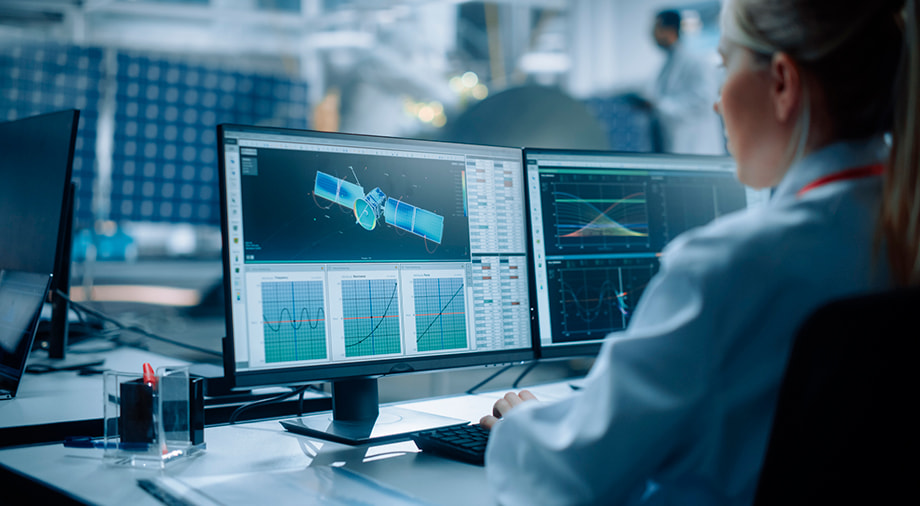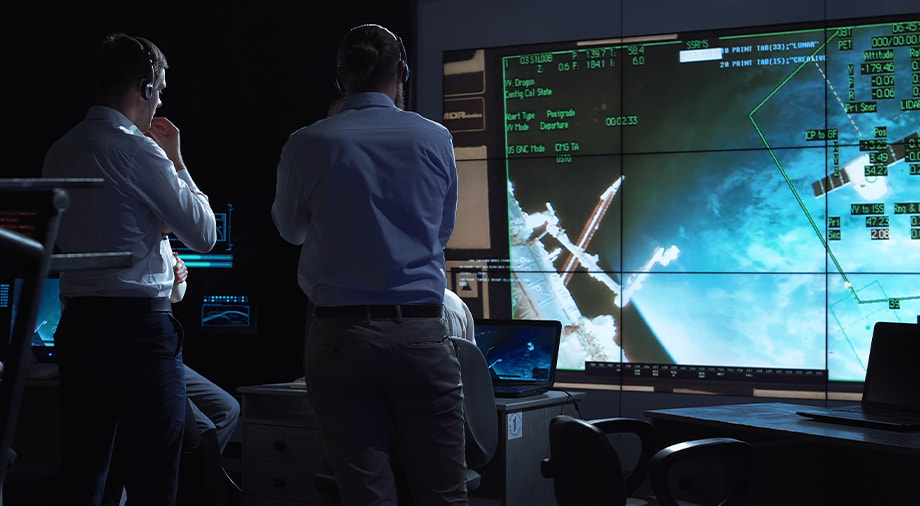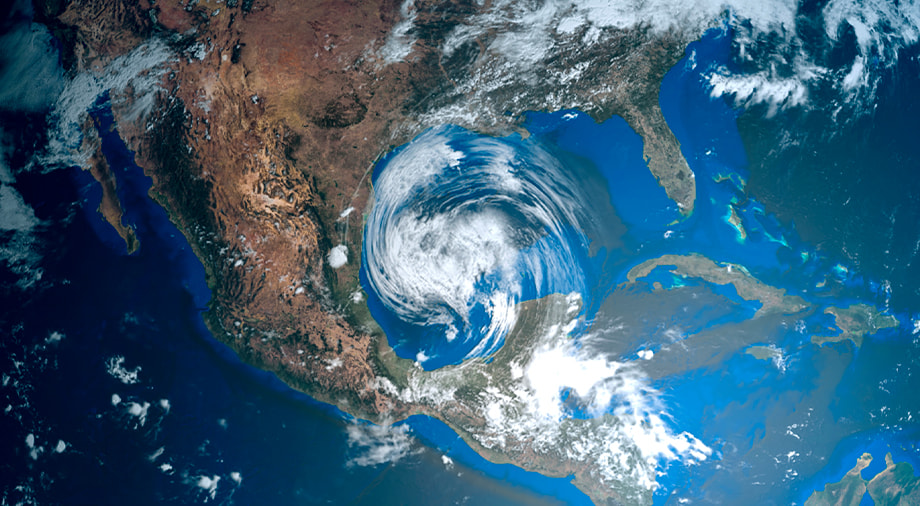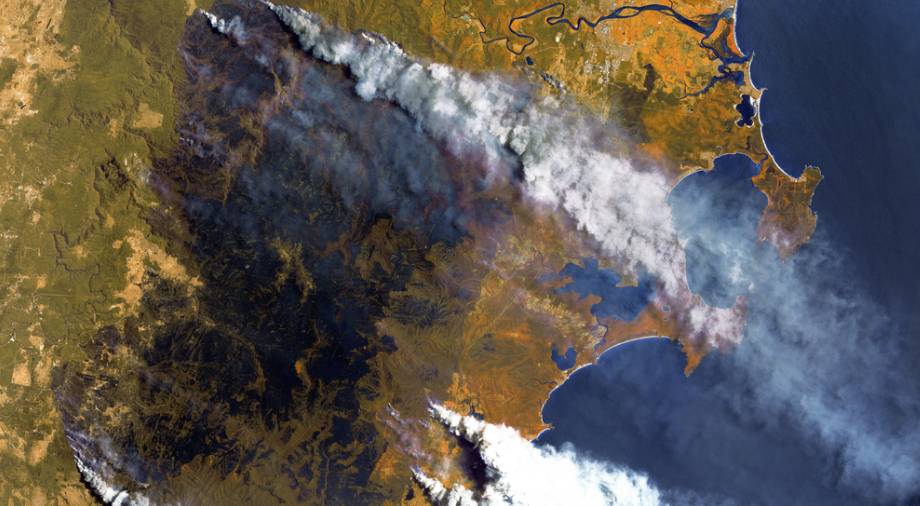Next year, space-based technology manufacturers will be able to apply to join the Space Sustainability Rating. These companies will be able to confirm that their manufacturing practices are secure and sustainable.
Near-Earth orbit can resemble a busy highway where over 3,000 artificial satellites whiz around the Earth at breakneck speeds, approaching 28,000 kilometers per hour.
By 2030, these numbers are expected to multiply to over 100,000. What will all these new satellites do? Prices for internet connections may fall by 99%, farmers will be able to increase their harvests thanks to spectral images of their fields taken from space, and location data and forecasts will improve even further in accuracy.
At the same time, these new satellites will make near-Earth orbit even more crowded. This will entail higher risks of collisions between spacecraft and debris.
The Space Sustainability Rating will help to avoid all this: it spells out the rules for the use and disposal of spacecraft after their expiration date.
This article covers why the numbers of satellites will increase tenfold over the next decade, what causes space junk, and why the rating is needed.
Why the population of satellites is rapidly growing
Last year, companies launched 1,283 satellites into orbit, an increase of 13,5 times over 2019. The first record, set in 1967, saw only 143 satellites enter orbit.
Why are these numbers increasing? One reason is that modern rockets can carry dozens of satellites at once, something previously impossible.
In May 2021, SpaceX in May 2021 put 172 Starlink satellites into orbit in just three launches.
In addition, satellite sizes have significantly shrunk compared to the giants of the twentieth century. For example, the weight of Starlink, which provides internet transmissions, or EOSDA, which is used for observations, falls below 300 kilograms.
Satellites launched 10-20 years ago, namely Astra 1L, (4505 kg), TerraStar-1 (6910 kg), or the first large Soviet “Cosmos-122”, (4730 kg) and the American CRRES, (4383 kg) were significantly larger in size and mass due to the fact that the technologies of that time did not allow for the same level of miniaturization.
The number of launches affects the cost of production and launch services. The world-renowned financial company Morgan Stanley calculated that the cost of launches have gone down from $200 million to $60 million. It can go even lower in the future, to $500,000. This could happen if satellite manufacturing turns into mass production.
Mass production, in turn, will lead to price reductions for satellite services. For example, one megabyte of internet data, in the future, may be priced at 1% of today’s average.
Regardless of the enormous use they have for humanity, satellites pose a threat in near-Earth orbit. Space junk forms after the launch and use of these satellites into orbit, which negatively affects the functioning of space infrastructure beyond the bounds of Earth.
How Space Junk is Formed
Space junk is any space-borne object left behind by human activity in near-Earth orbit.
These can be nonfunctional satellites who have completed their missions, remnants of last-stage rockets, and even screwdrivers dropped from the hands of astronauts during work on the International Space Station.
In total, NASA estimates that there are 23,000 pieces of debris with a circumference larger than in space larger than a softball with a circumference of 40 cm and 500,000 pieces of debris with a circumference of up to 0.4 inches (1 centimeter) or larger. Another 100 million pieces of debris, about 0.04 inches (1 millimeter) in size, are also estimated to be littered throughout near-Earth orbit.
All of these fragments, unlike trash on a highway, rotate at enormous speeds. They maintain their inertia due to the lack of friction force, and cannot fall back to the Earth due to their high speed.
Why Space Junk Is Dangerous for Instructure
Pieces of satellites and other objects in near-Earth orbit move at speeds approaching 28,000 kilometers per hour. This is a high enough speed for even a 1 millimeter large object to hurt a satellite.
In 2016, a tiny 1 millimeter-large fragment cut into the Copernicus Sentinel-1A satellites, damaging it.
Big pieces of trash are also dangerous. In 2009, a communications network satellite, called Iridium 33, hit a non-functional device – the satellite was completely destroyed. 2,300 new large fragments of space junk appeared as a result of the accident, adding 10% to the total quantity of large space debris fragments.
What is the SSR?
The Space Sustainability Rating (SSR) is an initiative created with the goal of creating common rules for satellite operators, rockets, and other devices.
These rules will create a framework for movement in near-Earth orbit, lowering the risk of collisions with neighboring satellites as well as space junk.
The SSR concept was developed by the World Economic Forum’s Global Future Council on Space.
The organization held a call for proposals in 2018, after which it selected four organizations that were engaged in the development of SSR: the European Space Agency, the Massachusetts Institute of Technology, the University of Texas at Austin, and the private company Bryce, Space and Technology. They all formed a consortium with the World Economic Forum to map out the technical and programmatic aspects of SSR from 2019 to 2021.
The rating has detailed rules that explain how satellites, rockets, and other space-based objects should be manufactured.
These rules aren’t mandatory, but voluntary. Companies will have to submit their own requests in order to prove that their devices are safe for near-Earth orbit.
Once the SSR receives such a request, a jury will judge the company by the following criteria:
- post-mission de-orbiting plans;
- choice of orbital altitude;
- the ability to detect and identify Earth-based systems;
- collision avoidance measures;
- the size and number of objects left in space by the launch vehicle;
- data transmission mechanisms.
Operators of space equipment, launch service providers, and satellite manufacturers who voluntarily join this new rating system will be given one of four certification grades, and these companies will be able to freely advertise that they’re helping to ensure the safety of their equipment.
Additionally, a good rating for those companies can help them lower their insurance costs and could even help to attract greater financing from investors into space projects.
There’s no information on whether there will be any sanctions applied to companies who refuse to participate in the program, however.
What will change in the future
The SSR will affect how operators work. They’ll have to follow the rules set out in the SSR guidelines, lowering the risk of collisions with other satellites.
This risk of collision is something that satellite operators have sometimes found themselves in danger of, and is a problem the Space Sustainability Rating can help to address. One example of this sort of situation occurred in March, there were media reports that a Starlink satellite – meant to enable satellite-provided internet, nearly hit another company’s satellite – OneWeb.
Globally, the SSR will also lower the risk of the appearance of the Kessler Syndrome – the name for a hypothetical situation where a series of collisions occur between space devices both with each other and with debris. As a result, satellites will stop working, millions of new fragments of space debris will appear, and near-Earth space will become unsuitable for new launching of satellites and rockets.
Read more: 5 Facts About Useful Satellites in Near-Earth Orbit





